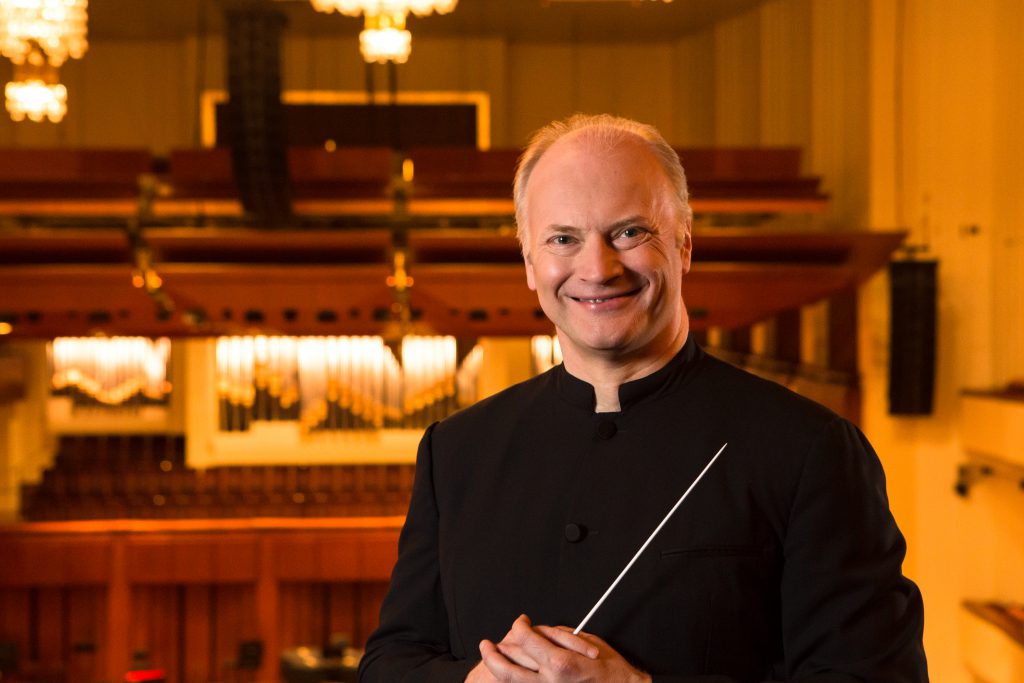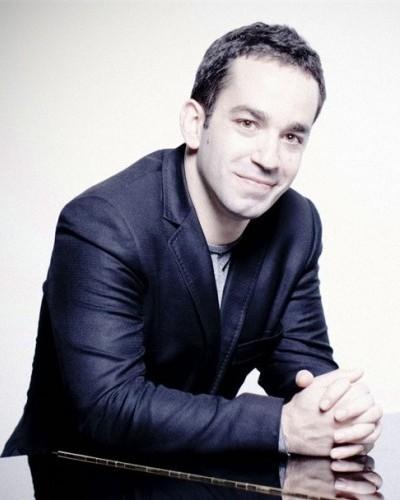An invitation to the dance(s) and a pianist’s debut with Noseda, NSO

Gianandrea Noseda conducted the National Symphony Orchestra Thursday night. Photo: Tony Hitchcock
Gianandrea Noseda, at the midpoint of a three-week series of concerts with the National Symphony Orchestra, is nearing the end of the first year of his tenure as music director. Between this month’s two major choral works, one modern and the other romantic, comes Thursday night’s program focused on folk dance, a menu of symphonic comfort food in the Kennedy Center Concert Hall.
The meat of the program, heard on the first half, was the substantial Piano Concerto No. 2 of Brahms. Yefim Bronfman, the soloist for these concerts, had to withdraw, according to an official announcement Tuesday, because of side effects from a recent dental procedure. Happily, pianist Inon Barnatan was able to step in to play the piece on short notice, making his NSO debut while simultaneously saving the show.

Inon Barnatan
Heard in recent years in recital and with the Baltimore Symphony Orchestra, Barnatan tamed the technical challenges of this marathon work capably. Ferocity was not the signature character of the performance, however. From the rhapsodic opening of the first movement, a dreamy duet between the piano and principal horn player Abel Pereira, the delicacy of playing from both soloist and orchestra stood out instead.
Noseda tended to take the orchestral interludes fast and tight, accompanying his soloist with more flexibility and quietude. The second movement was fast enough, appropriately, that there was not much room for the orchestra to heave and surge, leading to an often heavy, overwrought interpretation. By contrast, the third movement opened with luscious low strings accompanying a gorgeous solo from principal cellist David Hardy, which returned nostalgically at the end of the movement.
Brahms did something rather unexpected in the finale of this concerto, eschewing a bombastic finish in favor of a whimsical, folk music-inspired conclusion, even leaving out the trumpets and timpani used earlier in the piece. Noseda caught just the right sense of rubato hesitation and acceleration in this mercurial movement, and Barnatan felt most at ease at the keyboard.
The high point of the Brahms, the third movement, was recalled by the encore offered, the slow movement from Rachmaninoff’s Sonata in G Minor for Cello and Piano, with Hardy sneaking in unobtrusively on the cello part for an unexpected surprise.
Folk music, referenced in the Brahms finale, was the thread joining the halves together. There was probably one too many pieces on the second half, made even longer by curious commentary from Noseda to cover the seating changes. A set of five Hungarian Dances by Brahms had the underwhelming effect these pieces often do, charming but not outstanding miniatures. No. 1 had the most sparkle, eliciting its own applause, matched by No. 21 at the end, with daring antics in the flute and piccolo.
Noseda went for cinematic sweep, drawing out a wall of amassed violin sound in Kodály’s Dances of Galánta, a nostalgic evocation of folk music in the composer’s hometown. Through the fog of memories stirred at the opening came more excellent horn playing from Abel Pereira, matched by finessed solos from clarinet, flute, and piccolo. Two of Dvořák’s Slavonic Dances had much the same effect as the Brahms dances: unapologetic rubato swoon in No. 2, and lightly applied percussion fueling the heady drive of the faster No. 3.
Omitting the final work, the “Dance of the Seven Veils” from Richard Strauss’s Salome, might have made sense from a programming point of view, in that it is not related to folk dance. However, it was the most vividly orchestrated piece of the evening, played with ruthless efficiency in Noseda’s reading, which underscored the overall sameness of what had come before it on the second half.
The program will be repeated 8 p.m. Saturday and 3 p.m. Sunday. kennedy-center.org; 202-467-4600.
